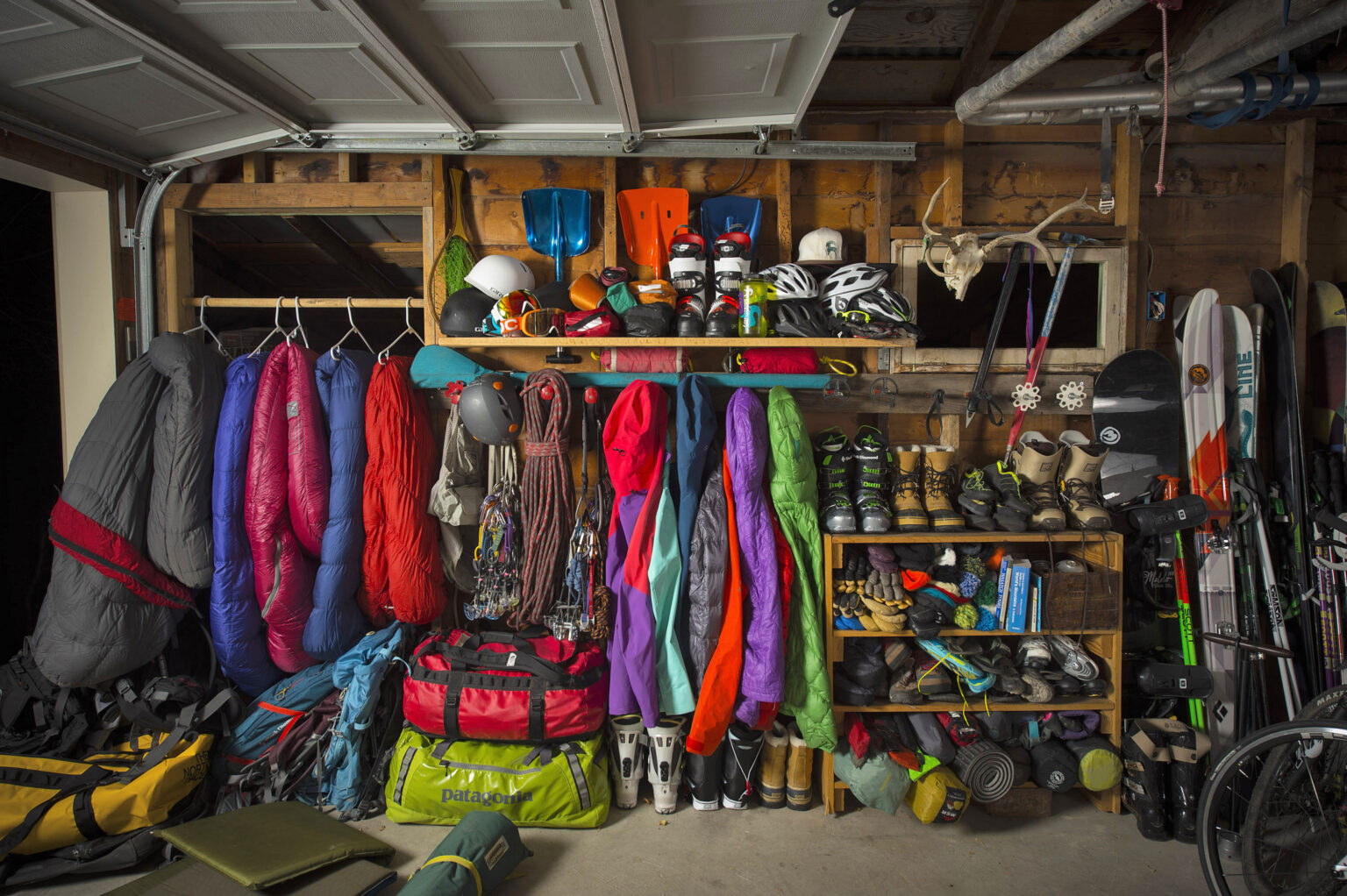Get your Gear Ready for Winter


Now is the time to get psyched and ready – for next winter will be upon us soon. And I don’t know about you, but I’ll be super keen to get skiing ASAP, so here are some tips to get your clobber in tip-top nick, ready for the first dump of the new winter
Assuming you fastidiously removed any old batteries over the summer, now is the time to make sure your battery compartment is clean, the terminals are shiny like new, and you have sourced a supply of enough new batteries for the coming season (buy the best brand you can afford).
Before you go shopping, check when it was last serviced and get it sent off ASAP before the season starts (we recommend having your transceiver inspected every year if you are a professional, otherwise every three years). That ensures you will be using the latest firmware updates as well as giving you confidence your beacon frequency hasn’t drifted, etc.
Time for a pre-season service! We probably finished last season in warm spring conditions (and probably warm wax). We are going to start the next season in the deep cold of the darkest winter months. So if you put a protective layer on – scrape it back. If you (shame on you) left them dry and gasping for wax all summer, now is the time to redeem yourself. Either way, a good base coat of cold (blue) wax is always a good thing – if nothing else, it is harder than warm wax! Do a really thorough job and, personally, I leave the edges un-scraped until I get out to the resort for the first time. Then I can slap on a top-coat to suit the conditions, and away we go.
Of course – all this assumes you have the kit and the know-how (plus the time and motivation) to do all your own servicing.
If not, you can always drop your rig in to a reputable store for a pre-season service. Especially if you go for a place that really understands the demands of kit for touring, like Backcountry UK, Ski Bartlett or Snowtrax.
Strip back, clean up and grease them up. Hopefully you left them with the DIN settings wound right down (and all the springs relaxed) over the off-season; so the week before you go is the time to crank all that back up ready to go. We’ve all been there when we flip out of our bindings on the first run of the year having forgotten this – so just make sure you are not somewhere serious when it happens (and be sure to carry a driver)!
Lubricate the ski/walk mechanism. Check out the grey gunk you clean out of the worn aluminium fittings if you are not convinced. Re-grease or use a Teflon lube (like GT85) to keep them sweet and sure to lock every time. Whip out your liners and make sure no pesky mice or insects have been inhabiting them over the summer! It happens…
Air it; wash it; dry it thoroughly (and re-loft any insulation), then re-proof it. I was a cynic until I first tried the wash-in Nikwax products. Now I am a believer. Wash everything carefully, using Tech-Wash, to remove dirt without removing too much proofing. Then use the right product for each garment (and don’t forget your gloves – in fact, see next paragraph) to wash in and re-proof like new.
For membranes you can re-activate your DWR with a low-temperature tumble. Personally I prefer a cool iron for the sake of heat control. I always feel I will risk the shrink if the washing machine runs hotter than promised! Again, if you don’t have the time, then a number of companies offer the service to put your garments back in tip-top-nick, so check out Alpkit or Rab’s new shell-wash service.
YOU CAN ALWAYS DROP YOUR RIG IN TO A REPUTABLE STORE FOR A PRE-SEASON SERVICE, ESPECIALLY IF YOU GO FOR A PLACE THAT REALLY UNDERSTANDS THE DEMANDS OF KIT FOR TOURING….
I like leather palms. I like them even more when they don’t soak up water like a sponge. Using a tacky wax (like Nikwax or Grangers) results in a more grippy palm. Ideal for handling ropes, karabiners, or getting a grip of your axe or ski pole below the handle.
Lubricate karabiners (and any other moving metalwork) but be careful not to Teflon coat anything but the hinge mechanism, or it will be like juggling a bar of soap! Likewise, a drop of oil or grease on the teeth of your ice-screws (before they go back in the protective caps) will work wonders to keep their edge, make them faster to place, and lengthen their life.
You are going to be horrified at what you find inside extendable alloy poles. So strip them down, clean them up, and lube to protect. Grease and adjust locking mechanisms to keep them sweet and secure.
The first simple cut or blister of the winter will always see me reaching for a mouldy plaster. So I have learnt to put this one on the pre-season list. However carefully you keep your kit in a dry bag, things will perish over time. This is all stuff you pack away and hope never to see again – so we don’t notice when kit goes off. The start of the season is a great time to give it all an overhaul.
Just make sure you are well stocked with all the stuff you hammered and depleted last season (wax, glide wax, batteries charged). Check your goggles and glasses for scratches and look out for brittle frames and stretched straps. Got any worn zips on jackets, or broken buckles on your ski bag? Now is the time to iron out all the niggles and get psyched for the new season with a clean sheet!